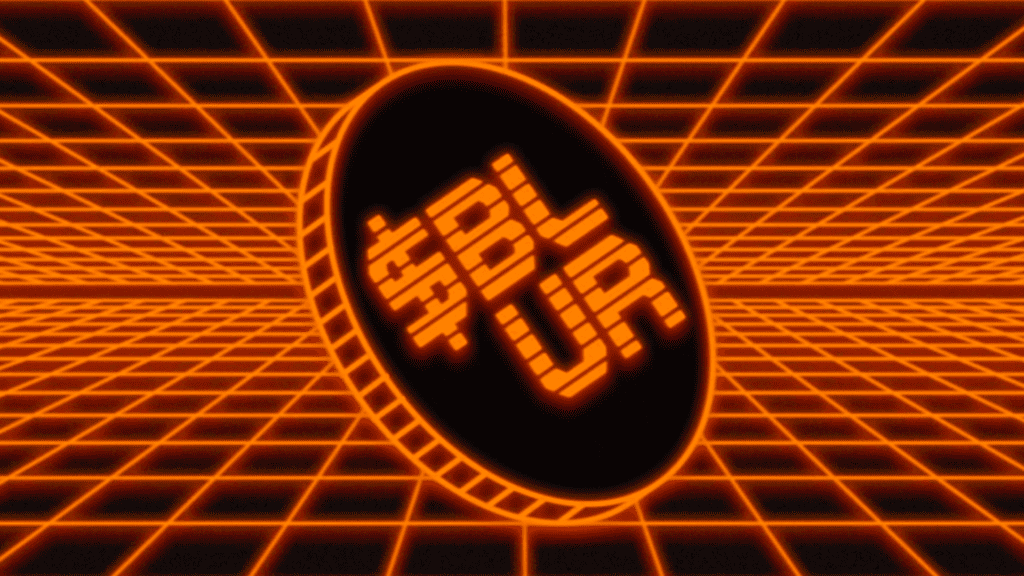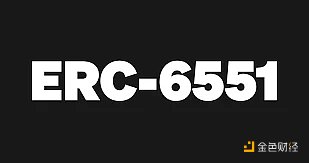Love and mourning of the alliance chain: development is difficult, where is the source?
[Introduction] Blockchain has always been divided into public chain, alliance chain, and private chain in terms of application form. What is the standard of division? In the process of enterprise application in the financial industry, is there any room for development in the alliance chain?
What is a coalition chain?
Technically speaking, blockchain is a distributed accounting method, which is divided into three categories in the application form: public chain, alliance chain, private chain. The main criterion for distinguishing is that different chains have different Admission mechanism.
1. Public chain:
Any node can freely access and exit the blockchain network under the premise of accepting the consensus rules of the blockchain network.
- Visit: What is behind the brush of the digital currency exchange?
- Interview with famous economist W. Brian Arthur: historic changes are taking place, blockchain will enter everyday life
- Viewpoint | Say goodbye to traffic and funds, is there still value in digital currency?
Examples: Bitcoin network, Ethereum network, EOS network.
2, the alliance chain
Any node must be authenticated by the Alliance Commission before it can access the network and must abide by the consensus rules of the blockchain network. Because the alliance chain is generally composed of enterprise nodes, its committees are generally generated within the franchise node.
For example: BCLC alliance chain led by China CITIC Bank and Minsheng Bank (Blockchain based Letter of Credit System, Ping An Financial Credit Chain, etc.).
3. Private chain
Personally, there is no technical difference between the private chain and the alliance chain. The main difference is still in the scope of the application subject, and will not be described.
What is the difference between the alliance chain and the public chain?
1. Business differences
The public chain is somewhat similar to the 2C-side service in the Internet, targeting a wider C-end group. The alliance chain is more similar to the 2B-side service in the Internet, mainly for enterprise users, and then completes the service delivery process to the C-side customers through the services provided by the enterprise. The alliance chain has a huge difference between the natural and the public chain business. Therefore, in the public chain, the node can be any organization or individual, and in the alliance chain, the node is generally given priority to an organization with service capability, and the organization on the chain The services provided by the C-end users may be decentralized DAPPs or centralized APPs. This difference in business determines that in addition to performance issues, there are other business problems that are more difficult to solve in the alliance chain.
2. Access permit
As we have already said above, the alliance chain generally has a process of admission certification. In the technical implementation, a physical node can be accessed through CA authentication. In the implementation of the business, there is also a need for an audit process. The organizations that need to join the alliance are in line with the interests of the alliance development, comply with the charter of the alliance, and benefit the expansion of the alliance. These processes have no essence with the establishment of traditional business alliances. The difference between the upper and the form. The alliance ultimately builds the commercial barriers of the alliance by strengthening the output of its comprehensive service capabilities, and gains a commercial victory.
3. Authority system
In the process of complex commercialization, it is not necessary or possible to achieve complete symmetry and transparency of information. The equality of any power is not completely equal in quantity, so in the process of building the alliance chain, it needs to be very complicated. Design and implementation of a permission logic control system.
4. Incentive mechanism
In general, the implementation of the alliance chain will not use the mining method (PoW), and will not easily adopt the network-wide Token incentive mechanism, because for the core nodes in the alliance chain, they The demand is multi-dimensional, and it is not provided by the single-dimensional carrier of the certificate. For example, they may have different demands in terms of credit ability, risk control ability, financial ability and service ability, so the incentive mechanism of the alliance chain It may be more complicated to design. Therefore, I feel that the alliance chain can be without a token, but there can be no incentive mechanism.
5, decentralization
Some people have questioned that the decentralization ability of the alliance chain has been weakened, and it is not as thorough as the decentralization of the public chain. My opinion is that decentralization should not be just a form of bitcoin network. It should be combined with specific business and specific analysis of specific issues. In the enterprise-level application field, the decentralization can be in the form of organizing related enterprises to form alliances, jointly exporting service capabilities, forming new services, and facilitating a wider user community. In this process, the service process is more open and transparent. This is the essence of the blockchain spirit.
The development status of the alliance chain
You asked me "the current status of the alliance chain?"
Using a description is "difficult"
Described in two words is "hard"
If you can describe it with swear words, it is "too tm difficult."
Where is it difficult?
1. Business: The scenario design based on blockchain is difficult to meet the interests of many parties. There are business problems, but more importantly, people's own problems. (limited to space, not discussed here)
2, performance: Whether it is TPS (transaction volume / second) or delay is difficult to meet the requirements of enterprise-level applications, and in the financial scenario, the real-time requirements of delay are higher than TPS.
3, fault tolerance: blockchain number data can not be deleted, can not be falsified, but in the real business scenario, people will make mistakes, the system should and must provide a certain fault-tolerant fallback mechanism, this conflict-tolerant fault-tolerant design for any Technical teams are a huge challenge.
The main technology platform of the alliance chain?
Different from the public chain technology, many technical platforms of the alliance chain are not certified.
1. Hyperledger Fabric
2, Tendermit
3. Platform based on public chain technology such as Ethreum, EOS, BitShare, etc.
4. Other self-developed platforms
Is the team in the alliance chain in China?
Fun Chain Technology, Bubi Technology, Yunxiang Technology, Matrix Element, Paper Technology, Secret Technology, 33 Complex Beauty…
Where is the way out for the alliance chain?
Personal opinion, for discussion only.
The alliance chain is a new field. Everyone agrees and tries to make mistakes. Its development may be more difficult than the public chain. In the past two years, everyone has been working in a peer league (such as the BCLC mentioned above) or the supply chain alliance, but at present it is not very good. Some companies have some income, but there is still a big gap in trying to fully cover the company's operating costs. Therefore, some companies make equity financing while issuing coins (registered companies in Singapore, the Philippines, etc.).
The homogenization of nodes in the industry alliance is serious. Building a coalition chain is not so much a matter of cooperating with the rich. It is better to put all the competitors in a nest. This is a process of tacit understanding with the tiger, so it is difficult to obtain commercial success.
After a long communication and discussion with customers, in a small scope, everyone feels that it is possible to be a "different alliance" to a possible way. Enterprises from different industries, different service capabilities and different regions can jointly provide unprecedented services and upgrade their own. Service output capabilities to gain greater market and profit.
Thank you very much for reading this patiently! !
We will continue to update Blocking; if you have any questions or suggestions, please contact us!
Was this article helpful?
93 out of 132 found this helpful
Related articles
- How blockchain technology can improve the lives of 22 hospitals
- Viewpoint | If these three technologies improve, blockchain technology will be more widely used
- Explore: Blocking and expansion of blockchains
- Analysis: The DAO governance trend is gradually rising, and the blockchain needs no braking mechanism?
- The Bank of International Settlements economists propose a new method for financial market monitoring based on DLT
- Weizhong Bank issued a “good” social governance framework and used blockchain for social governance
- Who can take the lead in breaking the exchange contract?






